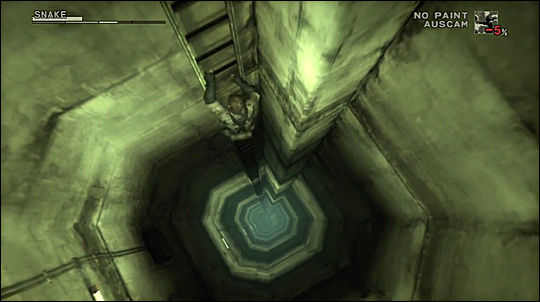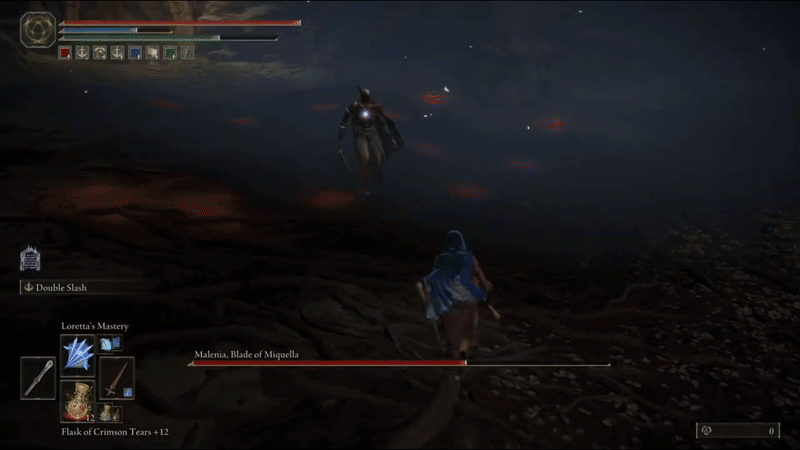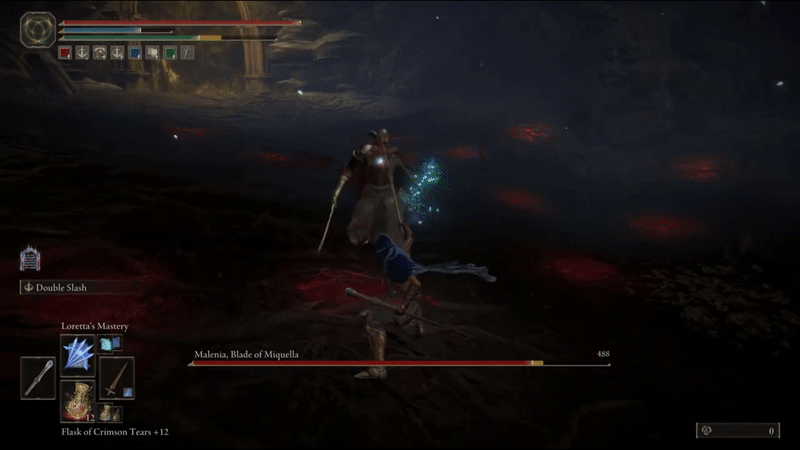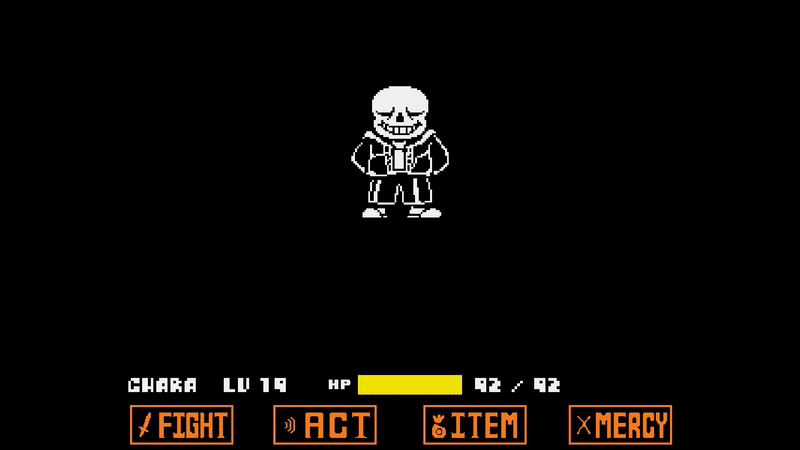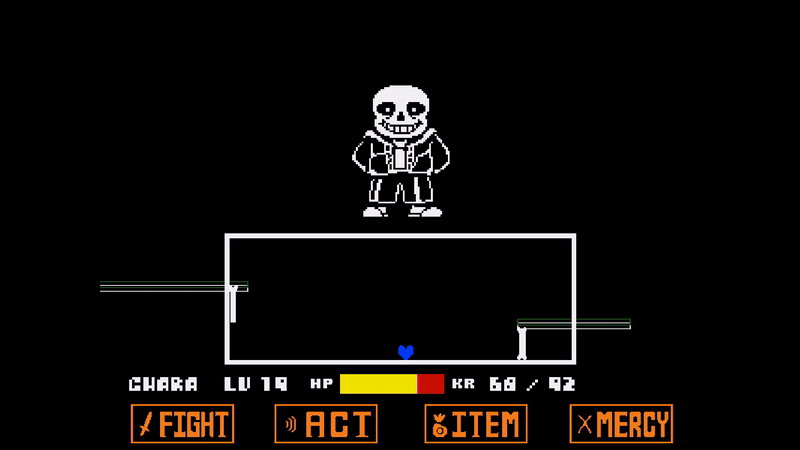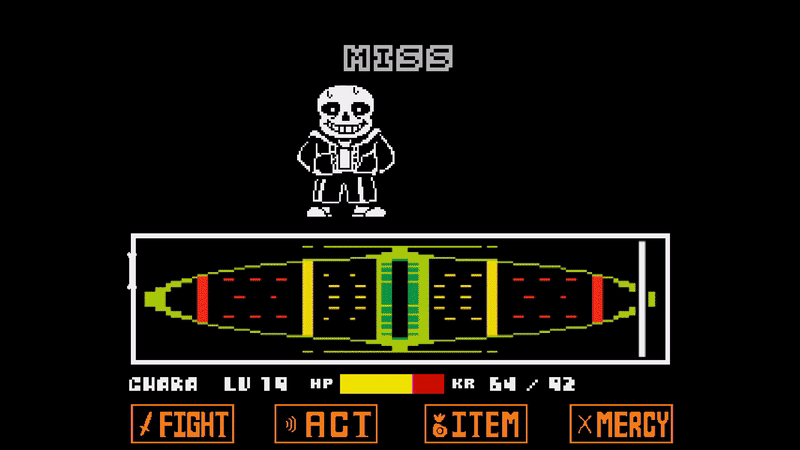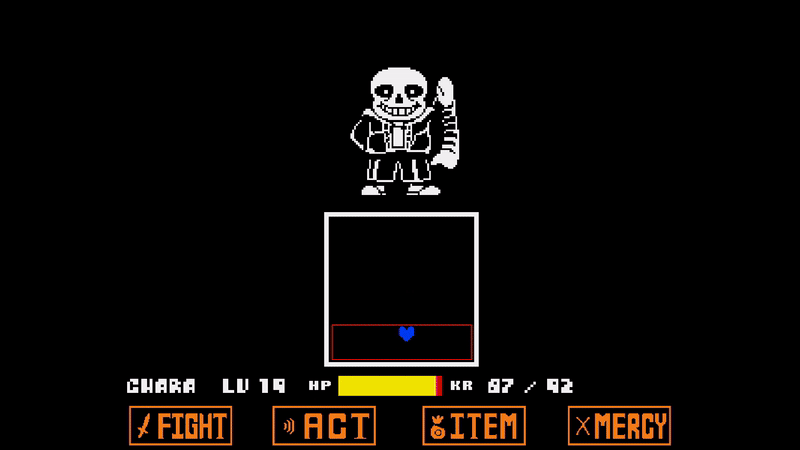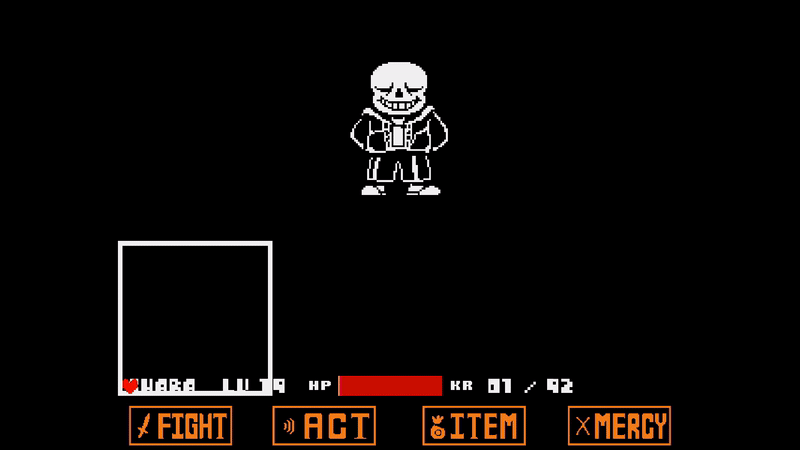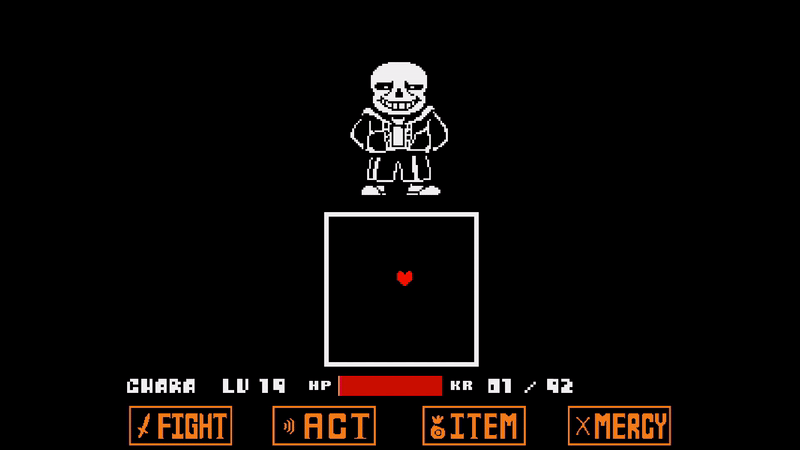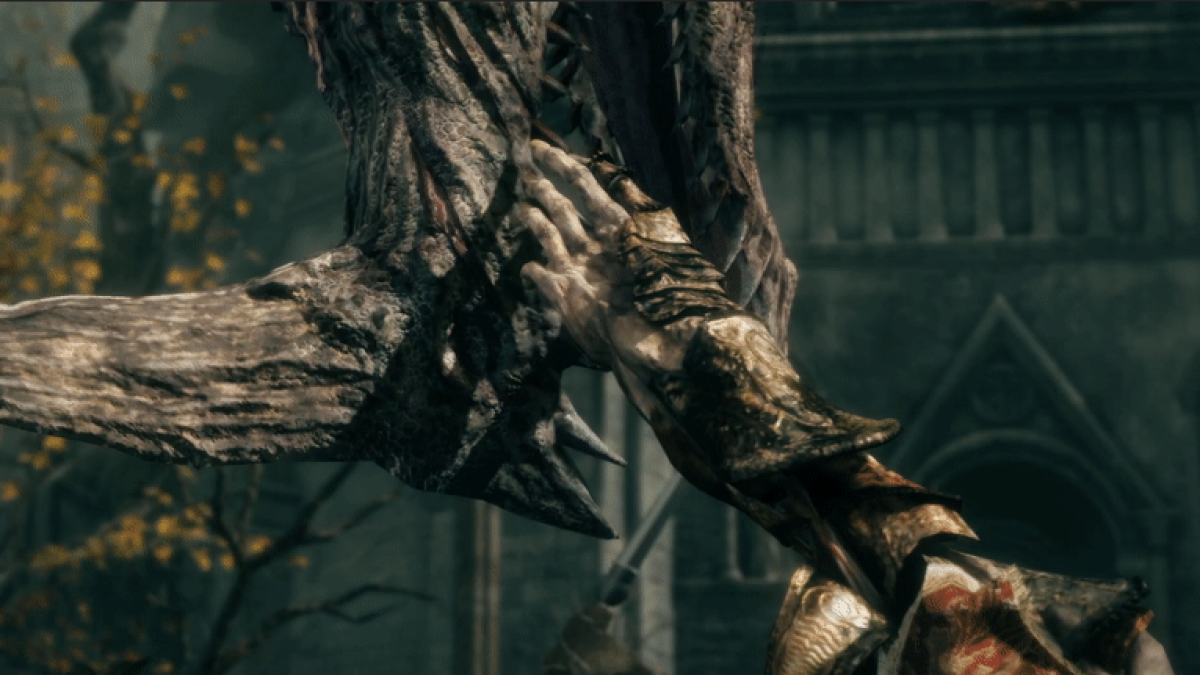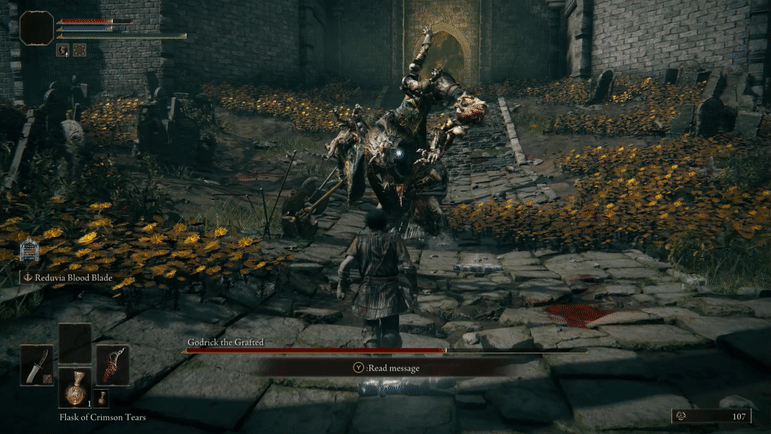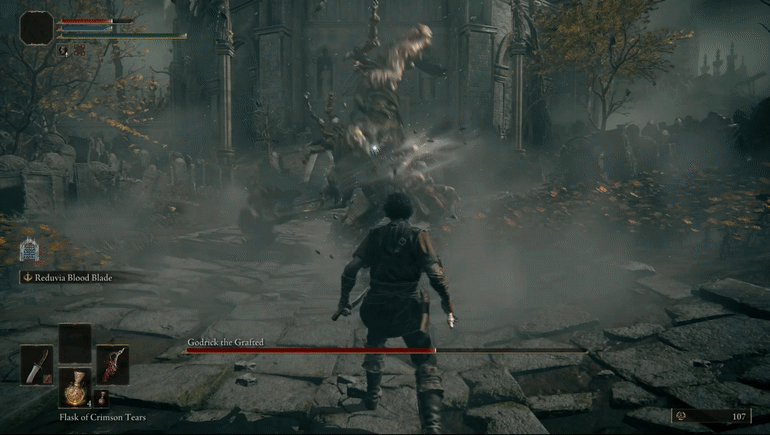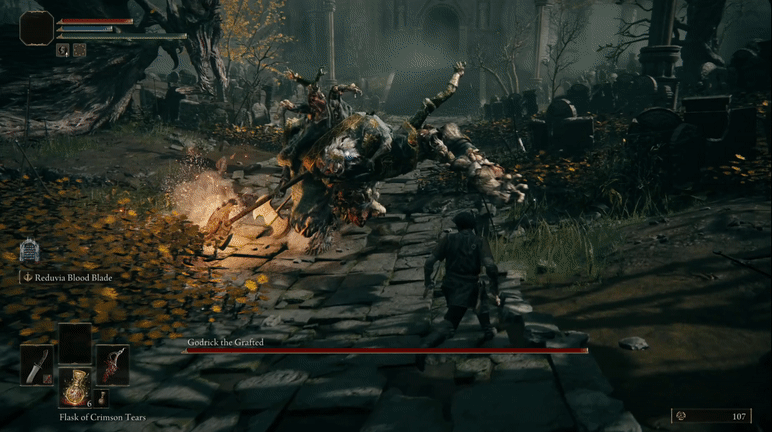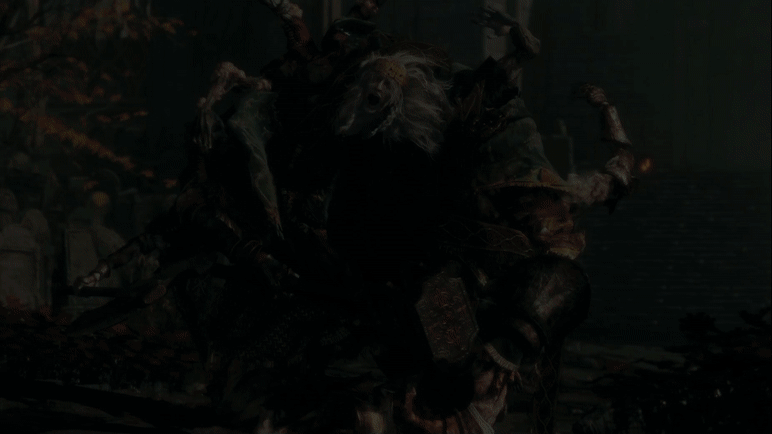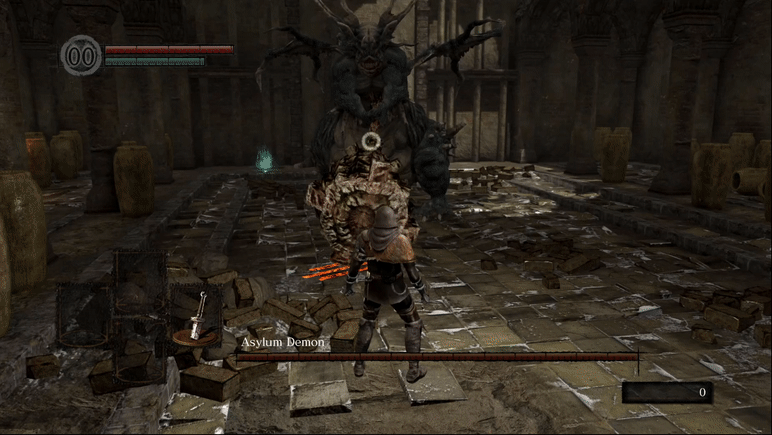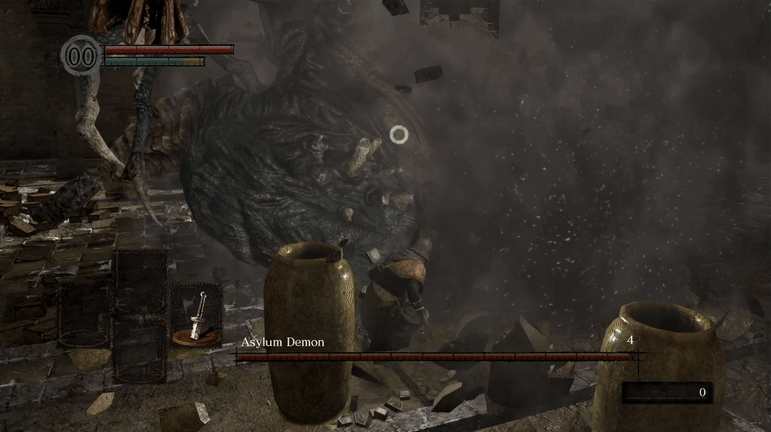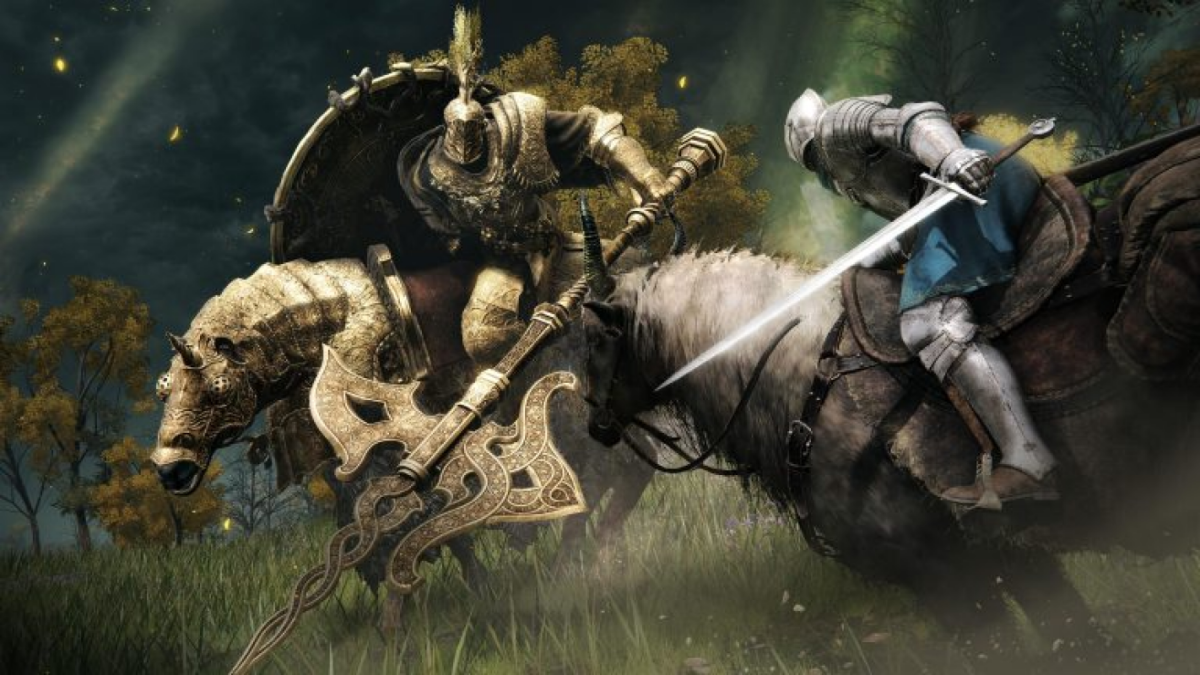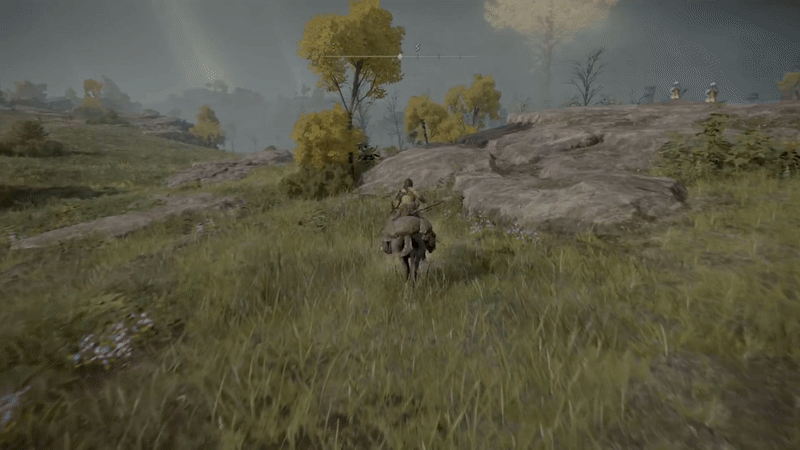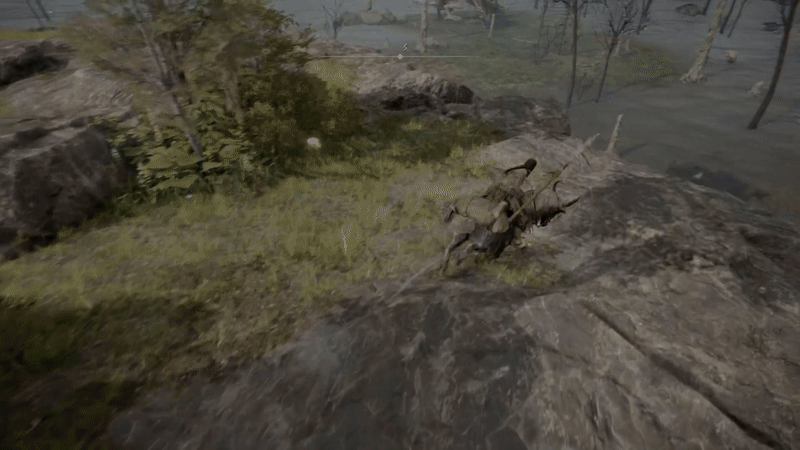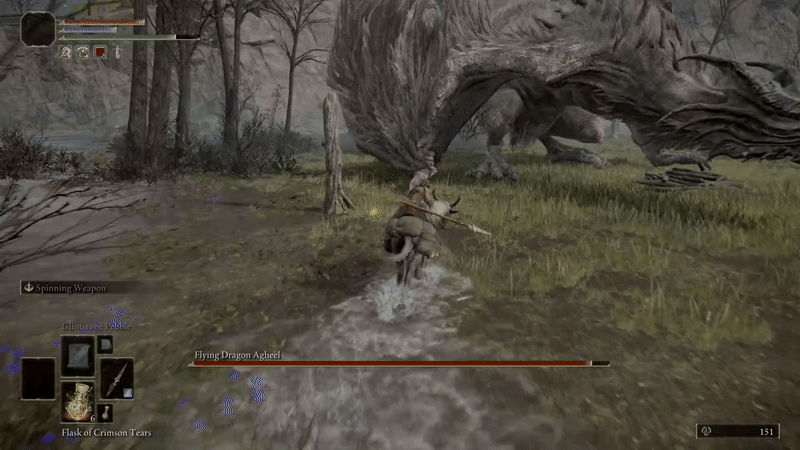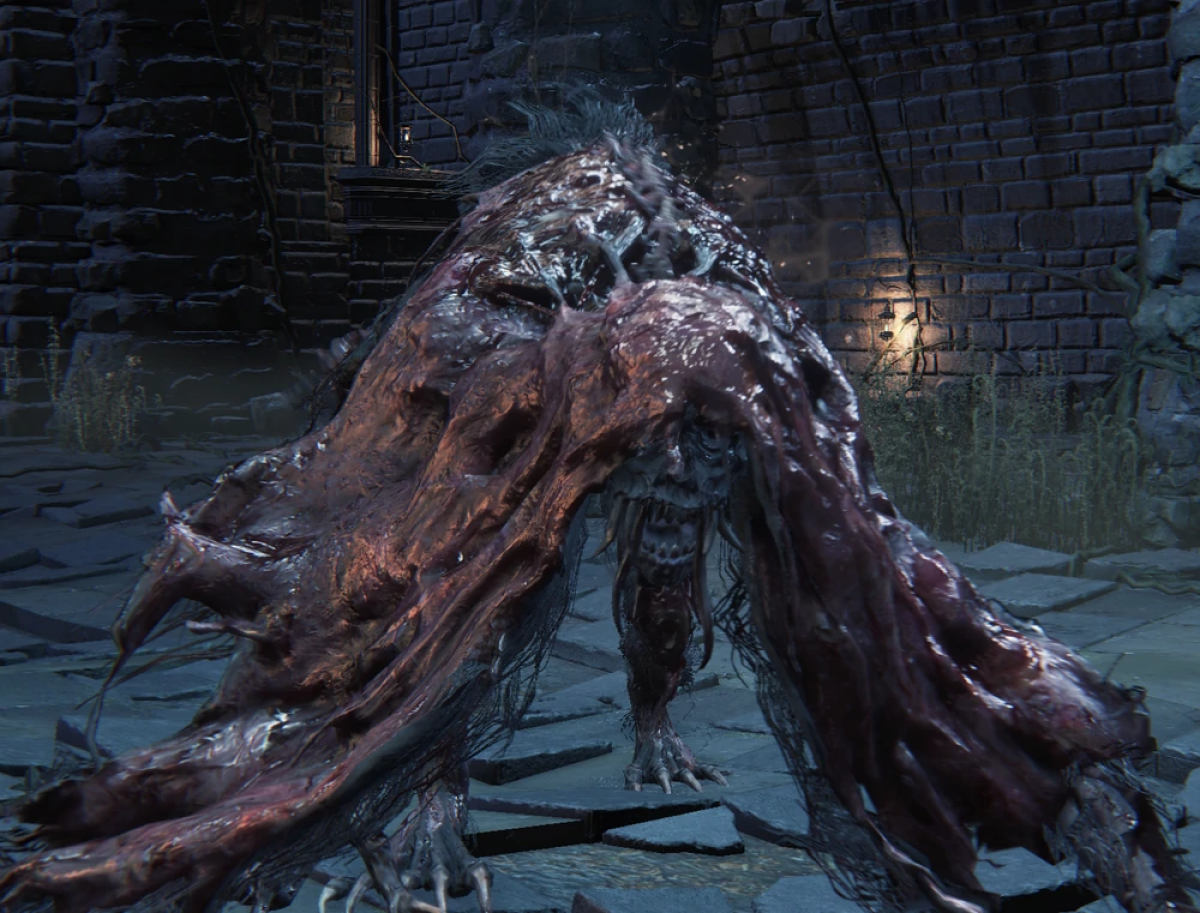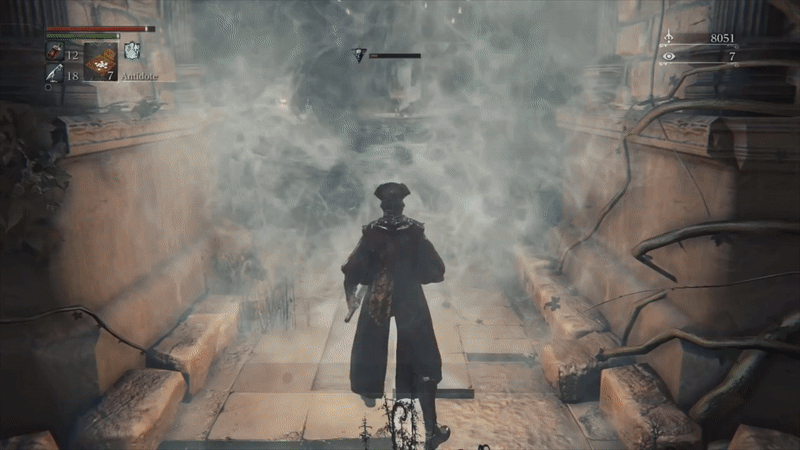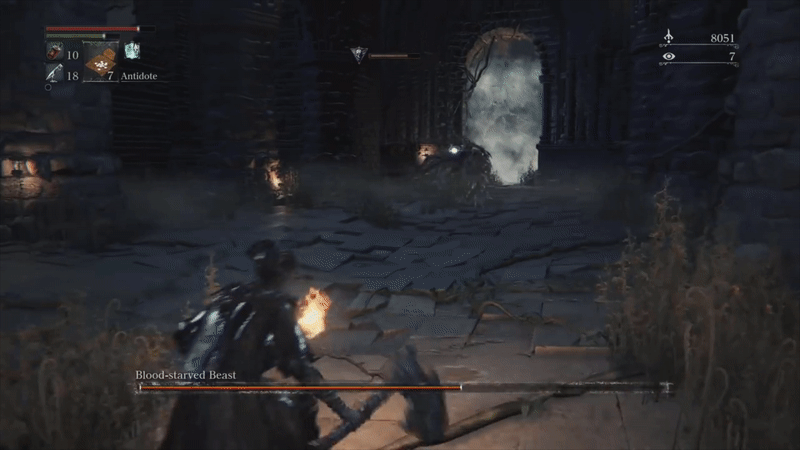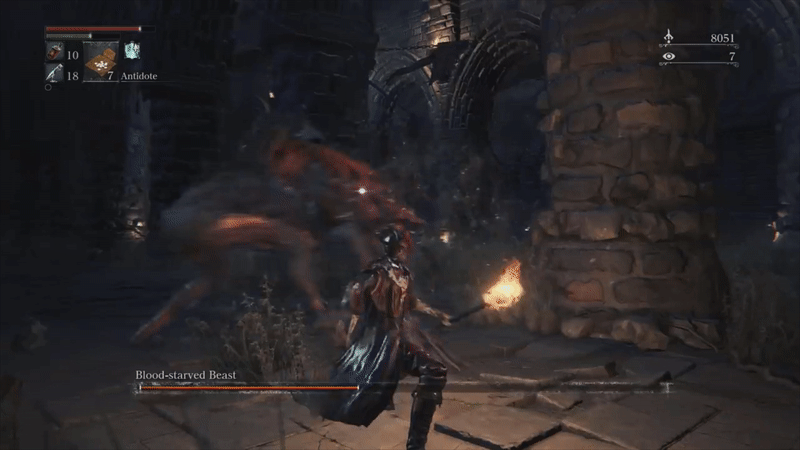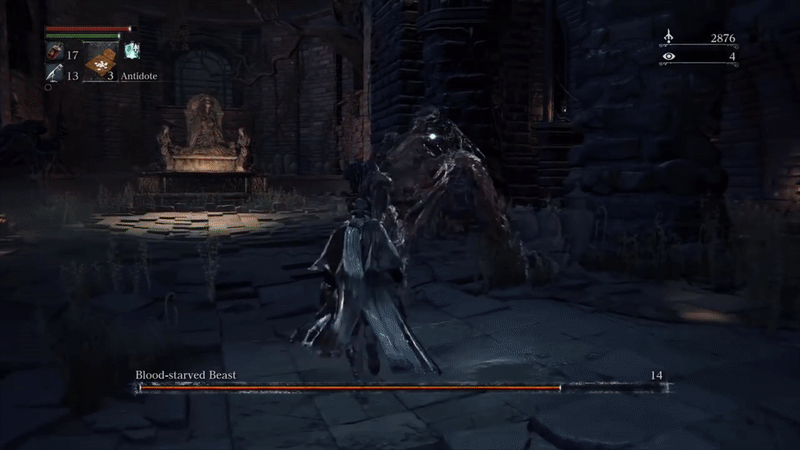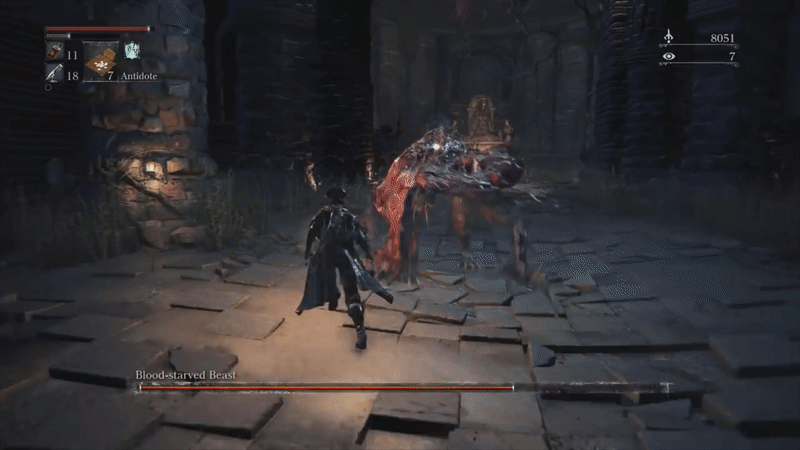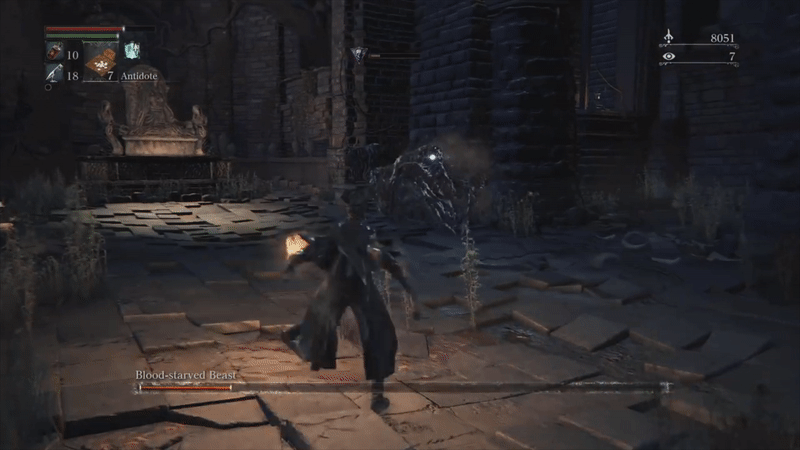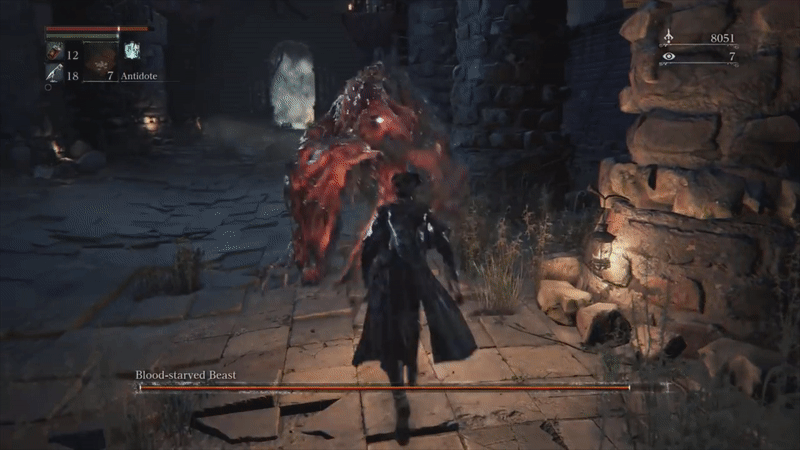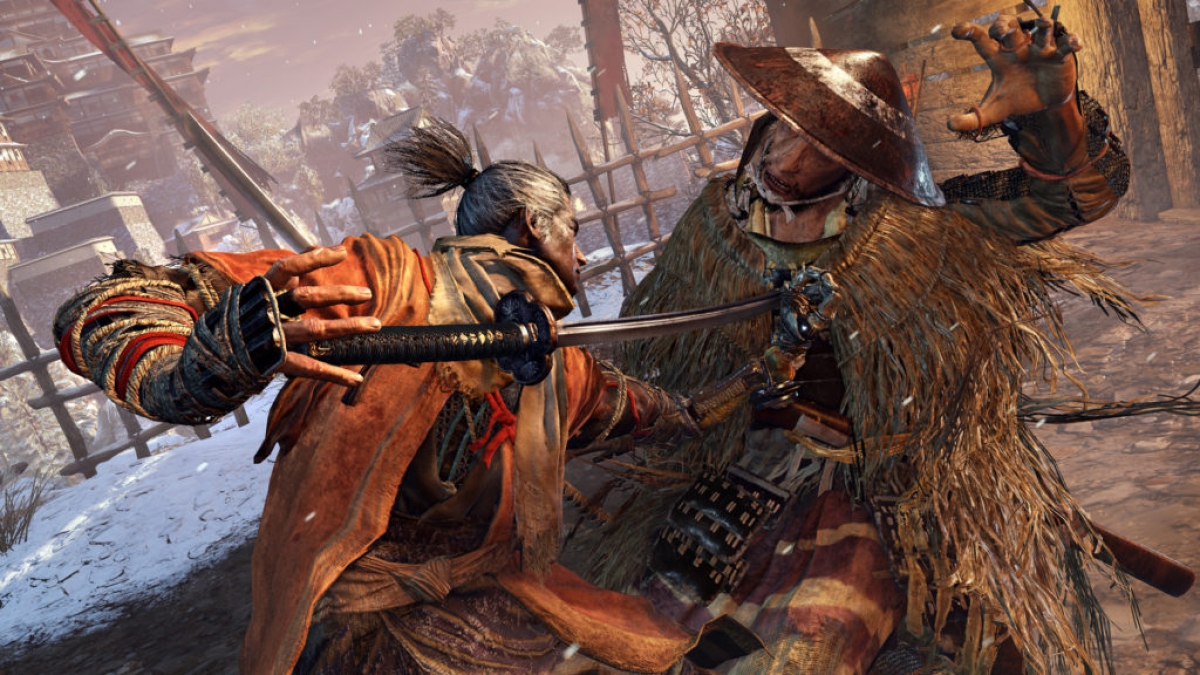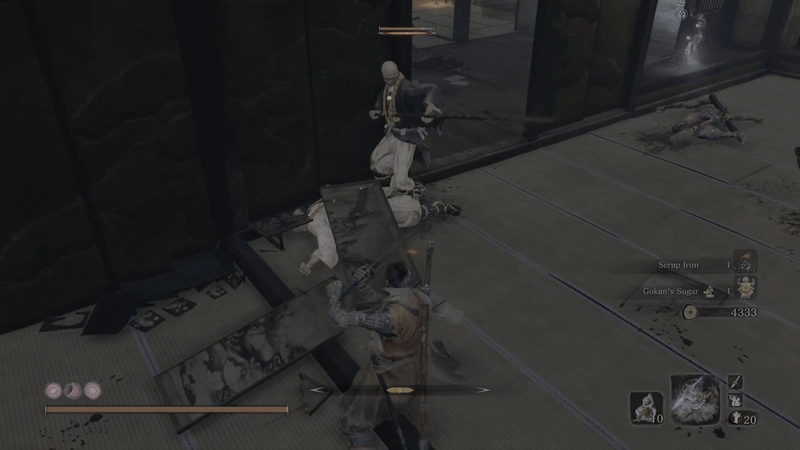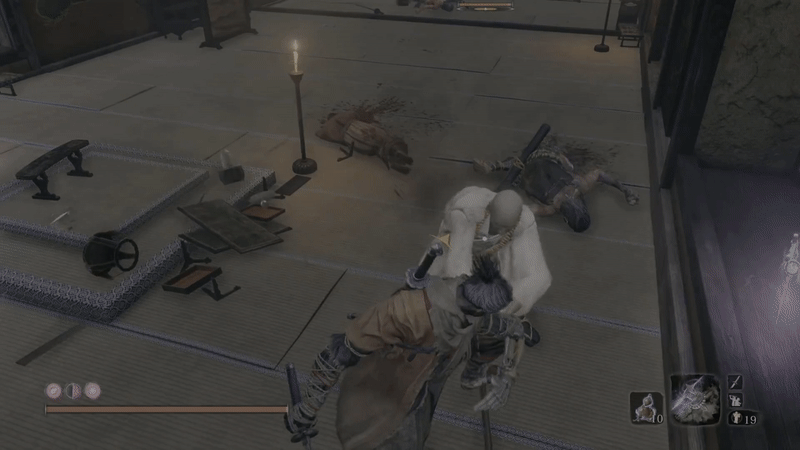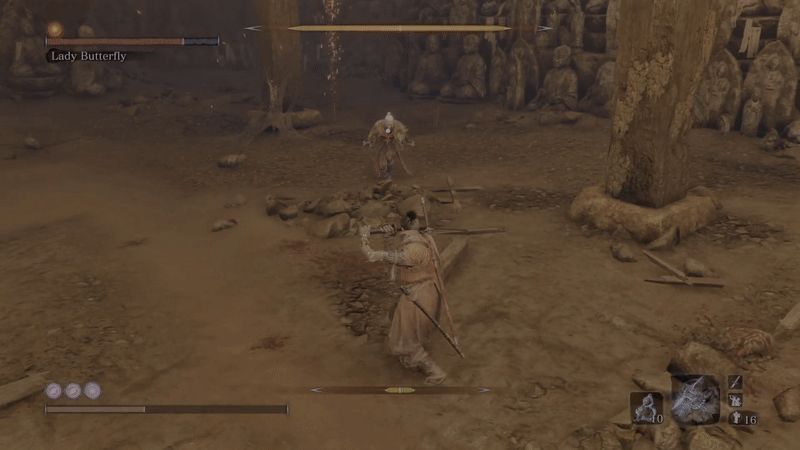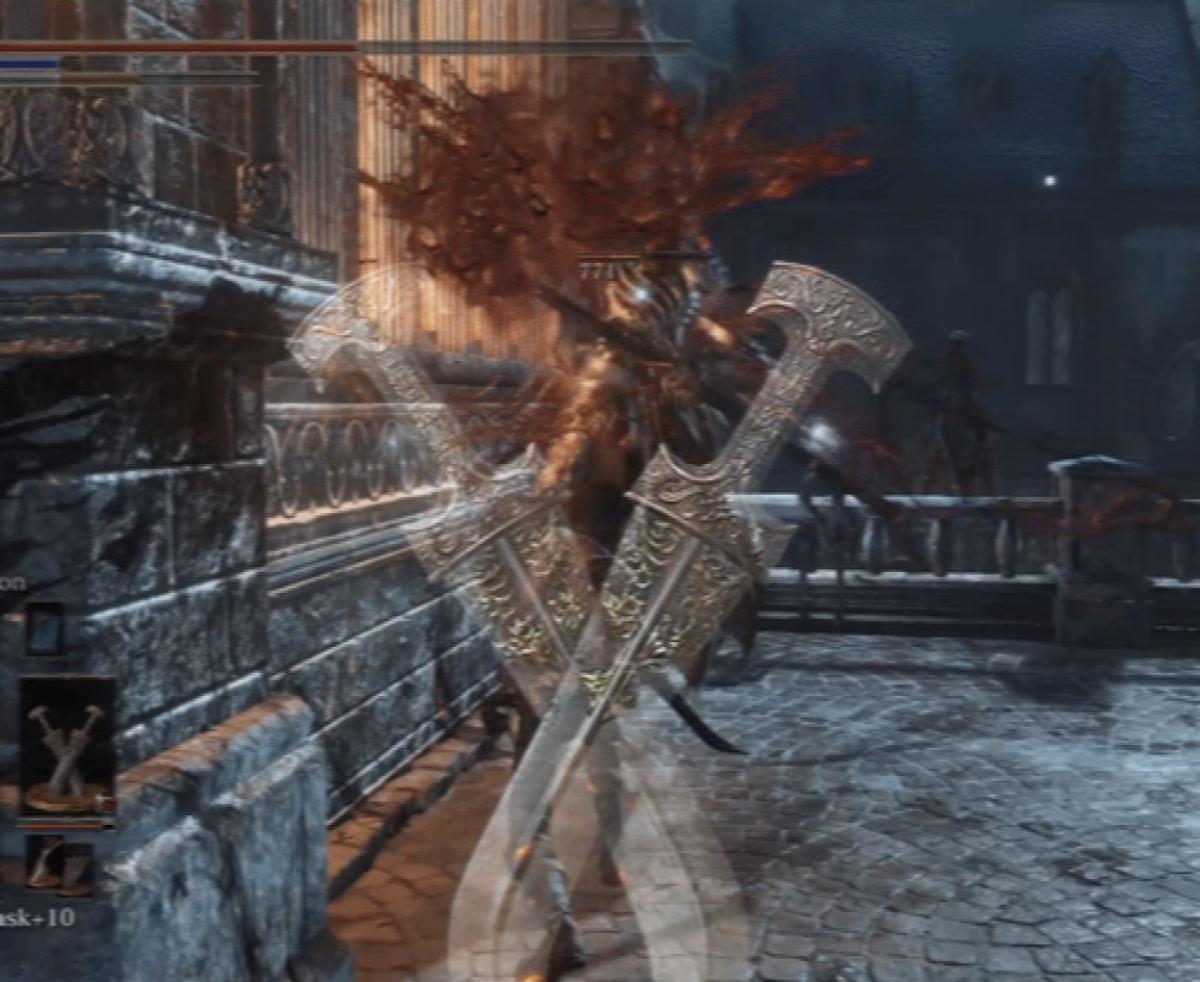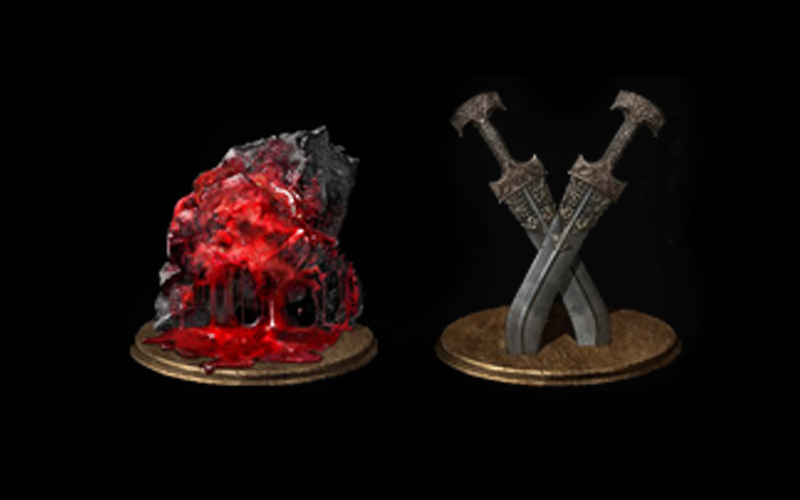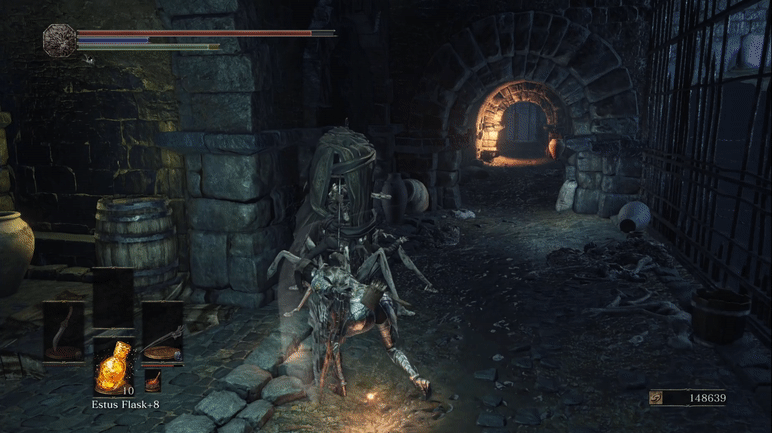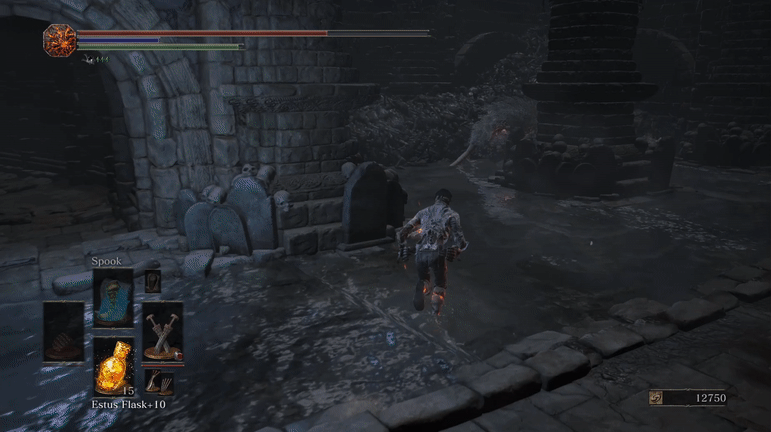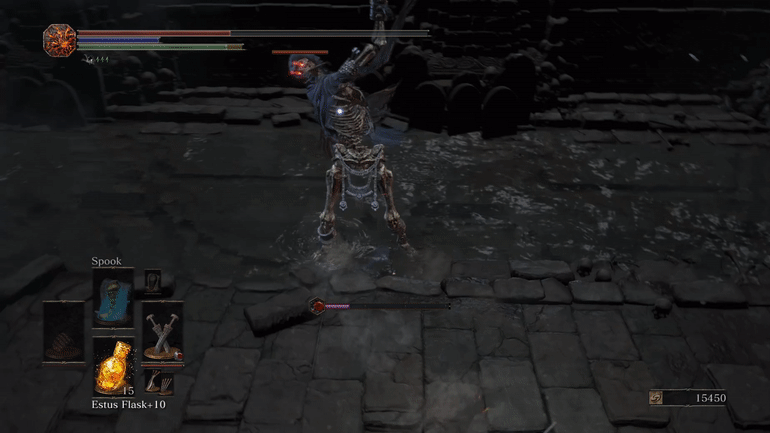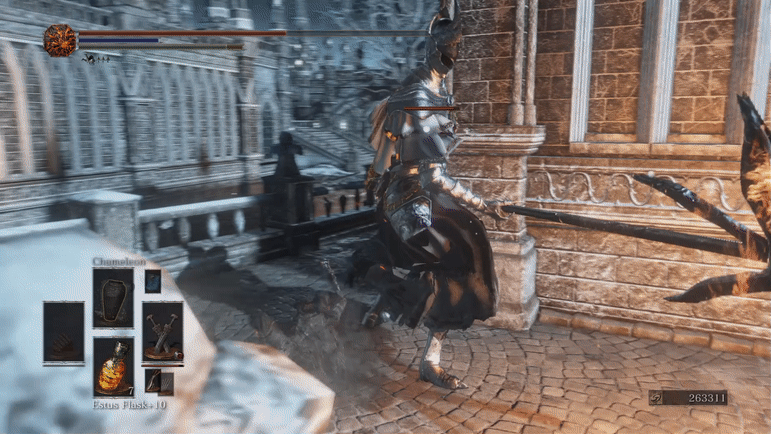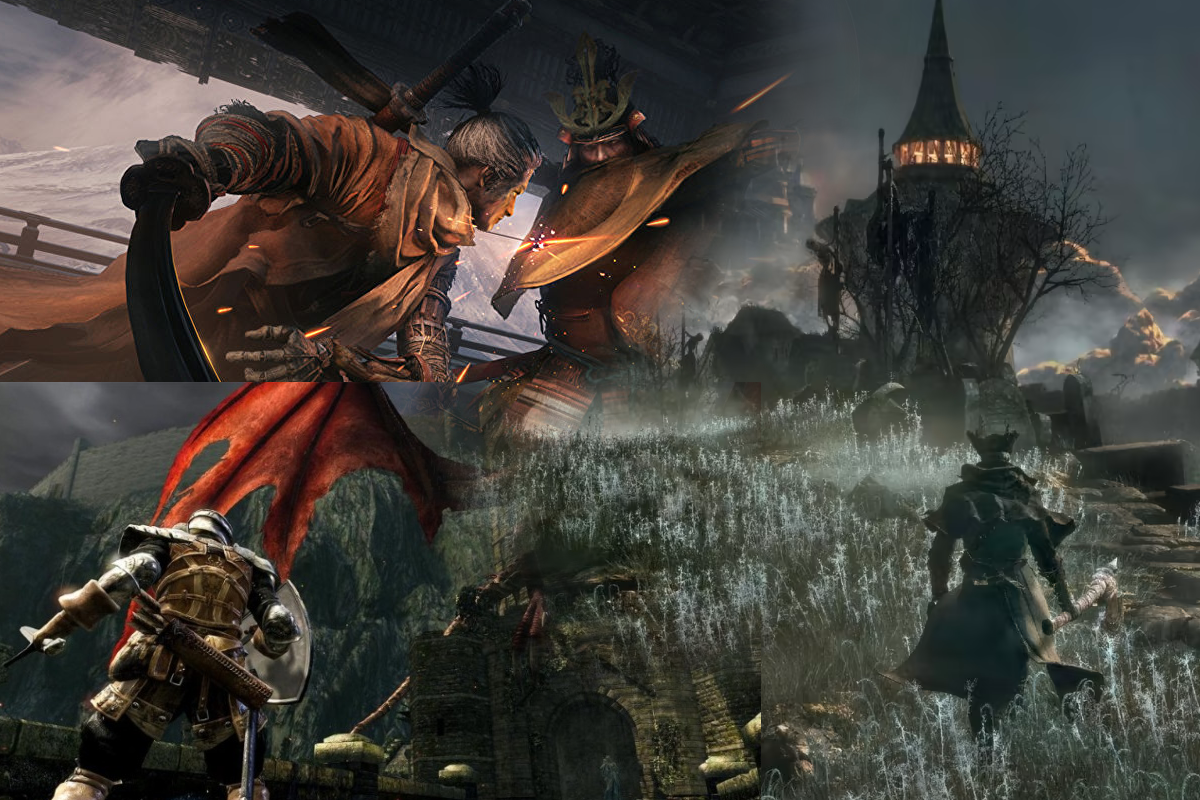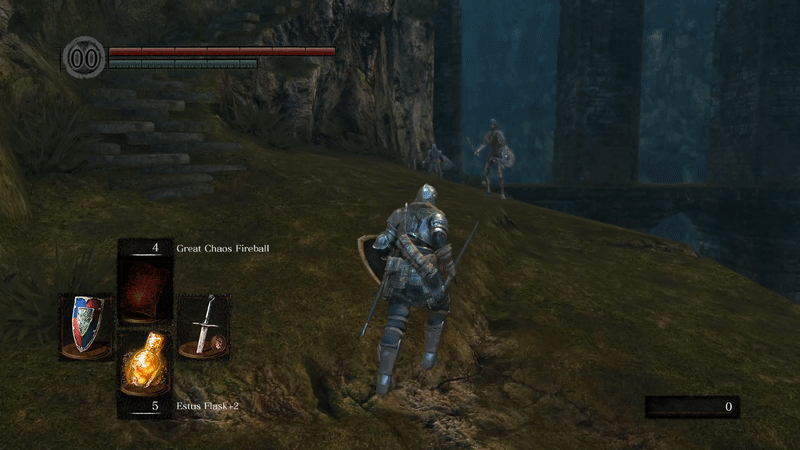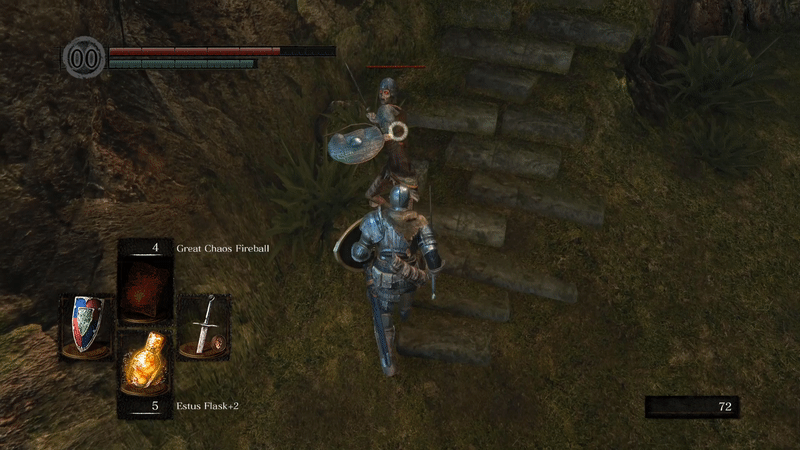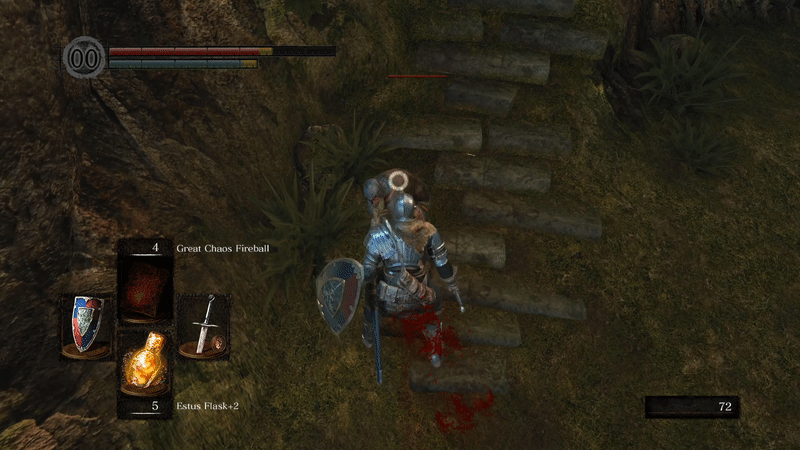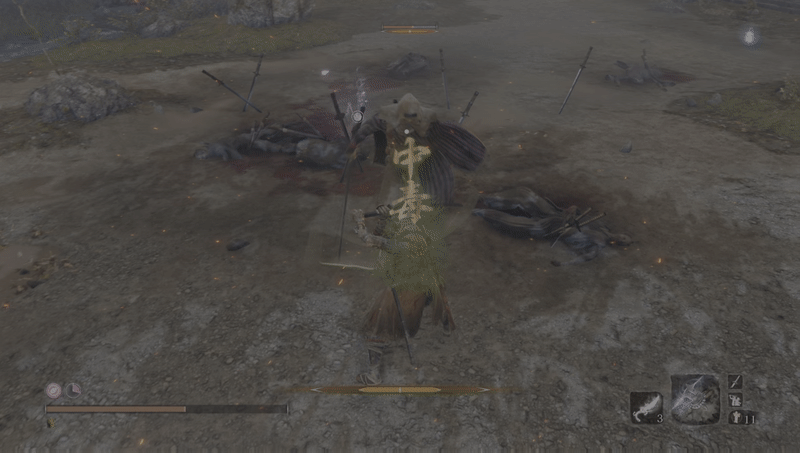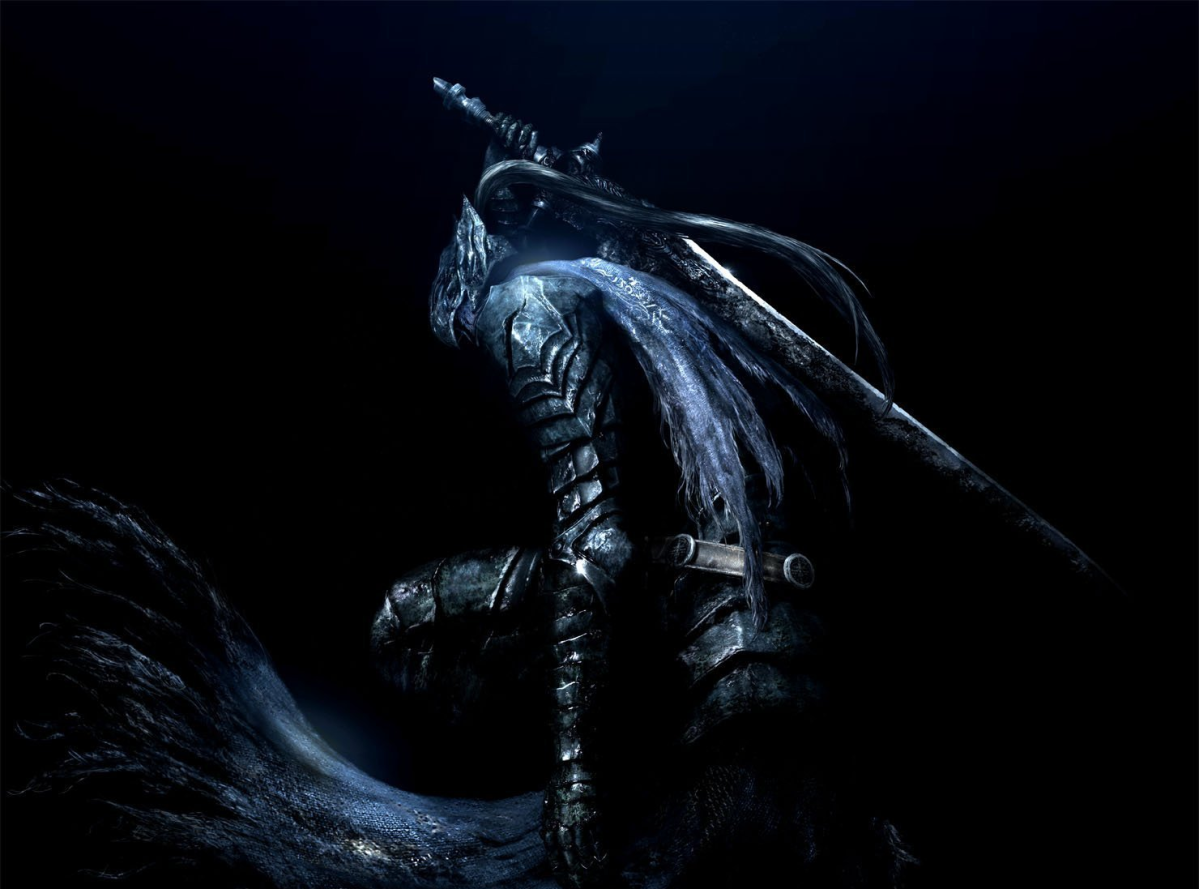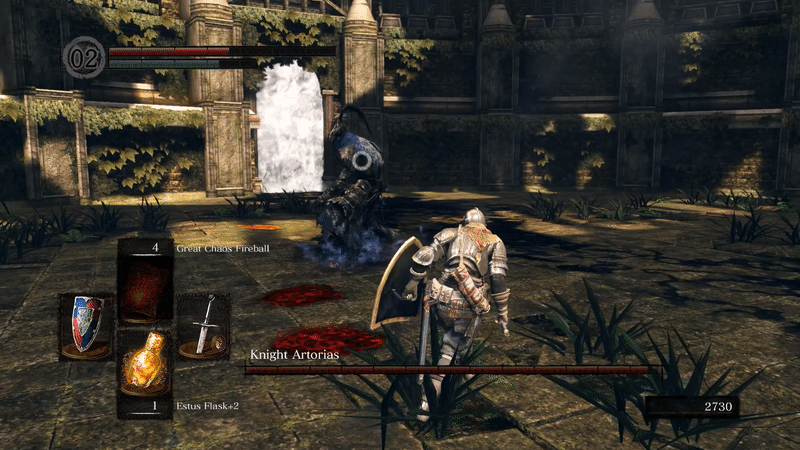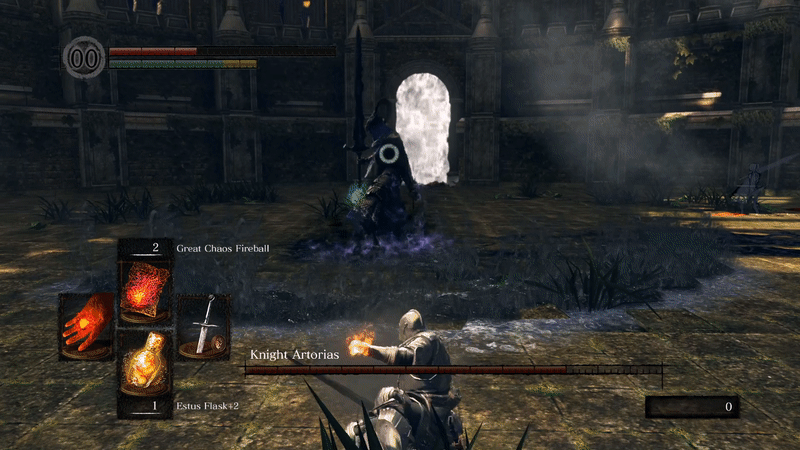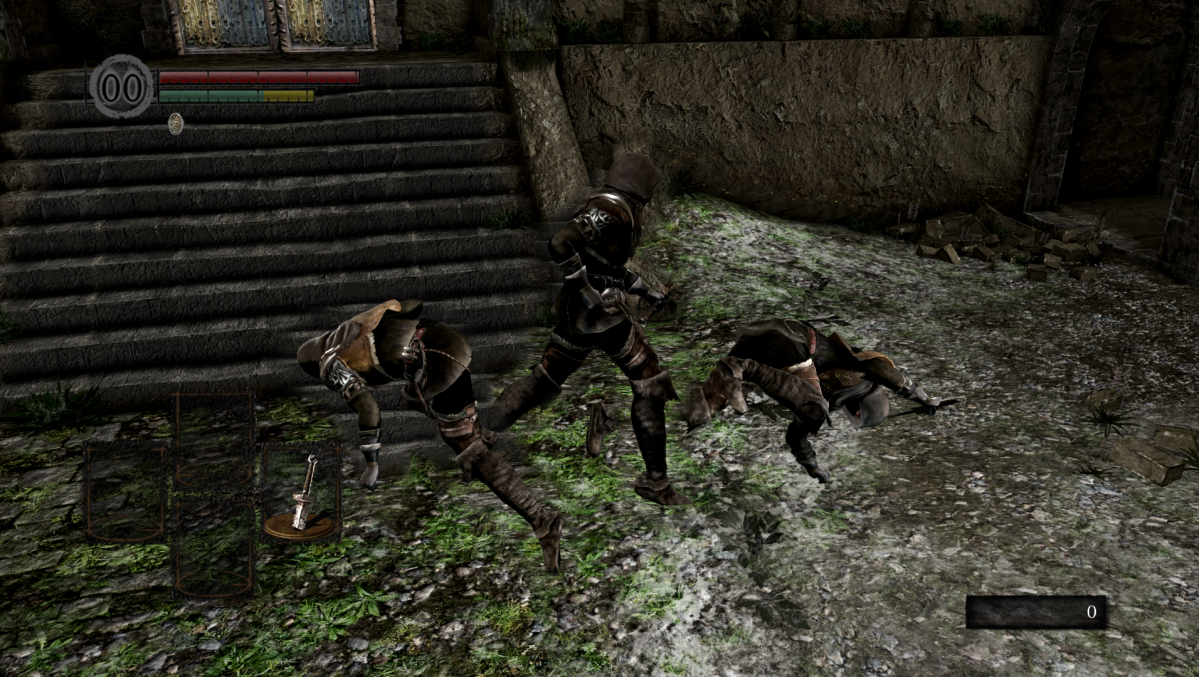Welcome to ‘Video Games Vs.’, what I hope to be a series of pieces written about the many little inexplicable hangups that video games, historically, seem to struggle with for some reason. I’ll go over some interesting examples of implementations, problem areas, and interrogate why these weird little oddities are so difficult to get right, and how to possibly address that. You could call this series my personal crusade against extremely petty irritants. For example, we’re going to start out discussing ladders!
They help you ascend. They help you descend. They are an almost mystical force in video games, capable of violating all of the regular rules of a game world, turning preconceptions of movement and space on their head, and tearing through the very fabric of reality itself. Yes, ladders.
Zelda
The Legend of Zelda: Ocarina of time was one of the earliest truly 3D adventure games, and set the standard for a lot of things we take for granted in that space. For one, Zelda had ladders. Lots of them. There’s a ladder in the first dungeon, in fact, by why? The very same dungeon contains a lot of ivy Link can climb in similar fashion, with the added bonus of being able to move laterally one it. Why was a ladder also included? I don’t know for certain, but if I had to guess, a ladder was placed alongside the ivy to prime the player for the though that they can ascend the wall they were facing. A ladder is an excellent visual shorthand for ‘the above area is indeed accessible’. It would lead a curious player to investigate the ivy that notable also runs up the wall, suggesting they can climb it. So ladders are just good visual language. Long before the ambiguities of 3D space were introduced, the ladder acted as a near-universal icon that meant ‘your player is going to enter a space above or below to this, relative to their current position.’
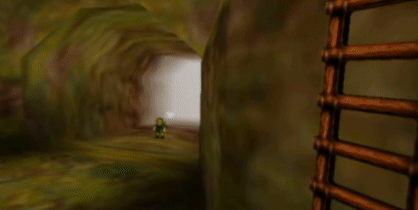
So how did they work? Pretty well, but I’d like to break that down in exacting detail. For all intents and purposes the protagonist, Link, exists in one of two states at all times – on a ladder, or not on a ladder. Art reflects life. While not on a ladder, Link can run, roll, backflip, attack, block, use items, all that good stuff. While on a ladder, Link suddenly loses all control of his arms and becomes incapable of wielding a sword, boomerang, shield, or anything else. Link’s verbs become severely limited on a ladder, reduced to only ascend, descend, and let go – in which case Link’s body goes limp as he falls to the ground like a sack of potatoes.
Here is set a precedent that will follow the course of game design, probably until the end of time – ladders exist primarily as a method to bridge point A to point B at different elevations. They are not, themselves, play spaces for a game’s usual mechanics. There are of course exceptions to this, and games that break the mold, but in nearly every case of a 3D space featuring a ladder, your game character will be restricted in what they are allowed to do. There are a number of reasons for this. For example, a truly robust play space on a ladder would require such an upscaled set of art and animation assets that it might balloon out of scope, in proportion to how much ladder-climbing actually takes place in your game.
If the player can dismount a ladder anywhere along its length, you need an animation for that. In the case of Zelda, it’s just falling. If the player can be harmed or die on a ladder, you need a contextual animation for that. If the player normally reacts to damage based on the angle of attack, you need animations for each angle an attack can come from on a ladder. Attacking from a ladder. Defending from a ladder. Using a special item on a ladder. Etc.
Link is, however, still in a vulnerable state whilst climbing a ladder. Enemy attacks and other hazards can still deal damage to him. If Link is damaged by an attack of significant force, he will be knocked from the ladder and fall to the ground, screaming, like a very loud sack of potatoes. However, grounded enemies, such as terrestrial monsters, the walking dead, fire-breathing dinosaurs and the like, are incapable of climbing ladders.
This sets another precedent that will be common in video games’s long and storied campaign against the concept of ladders – ladders represent a space that, conceptually, has a different relationship to the environment around it than normal play space. By this I mean, usually, when Link is threatened by, say, the bloodthirsty undead stalfos, he has the option of attacking it with his sword, or subduing it from a distance with one of his many ranged items. If the creature is too far from Link in the vertical axis whilst he is on a ladder, though, although he has no way to fight them, they also have literally zero recourse and are incapable of harming him. The ever-present risk-and-reward factors of game enemies are often negated by ladders. Rare is the enemy, especially in earlier games like Ocarina of Time that themselves commands the awesome power to utilize a ladder.
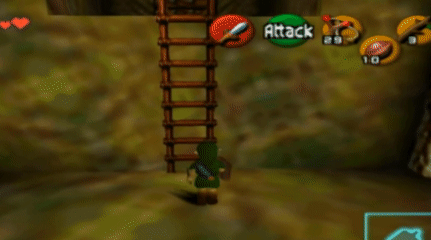
One last note here – for a kid, Link can ascend and descend ladders at a pretty reasonable clip. However, as climbing ladders is often an extremely uneventful prospect, for the aforementioned reason of their existing outside of the usual risk-reward rules of their world, a player’s awareness of how slow or fast a ladder is being navigated is heightened, as compared to other contexts. So, developers will often include the optional ability to clear large sections of ladder in some extreme, exaggerated manner. Link can’t do this in the ascending direction, but his ability to fall enables this in the descending direction. Overall the transition period between walking and ladder-ing is very snappy and quick for Link, something Zelda has always been pretty good at for contextual animations.
Fromsoft
Fromsoft games like Dark Souls and Bloodborne have a rich history with ladders that embody some of the most bizarre aspects of their implementation in games. For instance, these games, well known for their intricate, complex and deep combat systems, become awkward slap-fights if a player ever occupies the same ladder as an enemy. For these games, ladders are simple transportation and any interaction they have with the game’s infamously difficult enemies are kind of an afterthought. Ladder climbing is implicitly tied to the player’s stamina resource, normally spent on dodging and attack. If they take damage whilst on a ladder, they’ll plummet to the ground with a bespoke animation. I suppose the rationale was that even if the ladder is only somewhat tied to regular gameplay systems, it would be better than existing completely apart.
Another example of ladder weirdness in Fromsoft’s games is the ladder interact button. Unlike Zelda, which activated the ‘ladder-climb’ state automatically based on the player’s proximity to the ladder and their movement vector, Fromsoft ladders are generally mounted via dedicated button press when the player gets close to one. There is a reason one might vie for this method. Aside from the complicated contingencies involved in Zelda‘s proximity-based ladders, tying the action to a button press removes ambiguity. A player is less likely to accidentally press a button than accidentally wandering into a ladder climbing animation by walking, especially in a game with a lot of movement.
Still, the button-press method is not without its drawbacks. Once the button is pressed, control must be taken from the player so that their character can be placed upon the ladder. Any situation where player control has to be shifted away is liable to be fertile ground for bugs. In Dark Souls II in particular, player characters attempting to mount a ladder enter a sort of sidling animation where they inch towards the specific spot where they can mount. If some object blocks the way during this transition, they can be stuck in a lengthy loop of trying to sidle toward the ladder, with no way to stop them. The game contains a band-aide solution for this, in that characters will cancel their attempt at a ladder climb if they are blocked for too long, and control is returned. If this solution were not in play, a player could theoretically enter a perpetual loop of approaching, but no mounting, the ladder, leaving the game in a soft-locked state.

AI is also always prone to bugs in special contexts like ladder-climbing. Enemies mounting ladders in Fromsoft games enter a sort of fugue state, in which all semblance of an anchor to reality is lost. For them, there is only themselves and the ladder. No world exists outside this dichotomy, and their powers of object permanence dissolve completely, until they dismount the ladder, and after a moment of gathering themselves, are brought back down to earth both literally and figuratively. The simplicity of ladder AI is likely to avoid bugs, as well as them often being an afterthought, as mentioned.
Because of the nature of ladders as a sort of perpendicular space to the regular game space, both literally and figuratively, AI often has these sorts of issues in navigating them. Common problems for game ladders include two AI entities trying to traverse the ladder in two different directions, causing a blockage. This can be circumvented by removing collision for AIs on ladders, but that has the knock on effect of looking cheap and awful. These are just some of the issues you will face by employing ladder-capable AI, and why games often forgo this feature altogether. Negatives aside, there is still something satisfying about luring a hapless zombie up a tall tower then kicking them into oblivion, though.
Mass Effect
A little discussed feature of Mass Effect is how its ladders are gateways to an askew plane of existence in which the player has no control of their character. Once a ladder is engaged with, the character will execute an elaborate pre-baked ladder climbing animation, complete with directed camera action! It’s quite the spectacle. Problem is, enemies are still more than capable of shooting at you while trapped in this ladder dimension with, y’know, their guns. In the original Mass Effect 3‘s multiplayer mode, this became infamous as a way to very efficiently drop dead. So much so, that is was lampshaded as an in-joke in Mass Effect 3‘s lighthearted Citadel DLC.
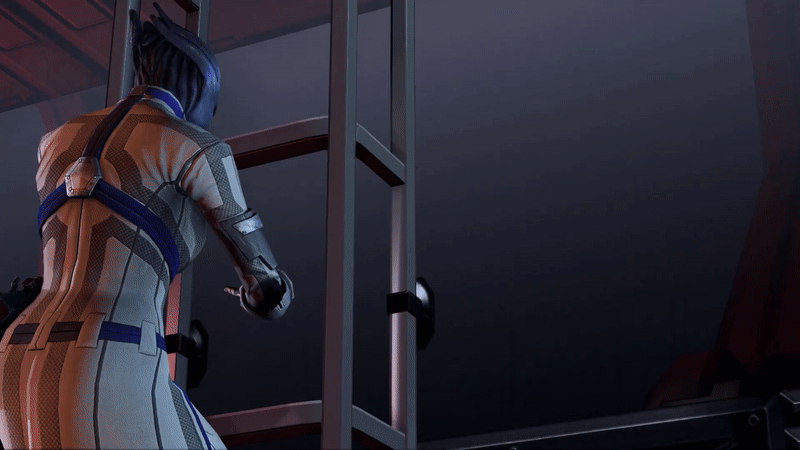
Sometimes this problem, when it crops up in other games, is circumvented by making ladders into closed tunnels. Or in other words, disallowing any form of interaction at all between mount a ladder at its bottom and dismounting it at its apex. During the pre-baked ladder climbing animation in such games, the player will be immune to enemy attack. It might as well be a Super Mario warp pipe. Which is all well and good, but what is the point of using a ladder as opposed to, like, a teleporter again? One would think it allows for a bit more organic interactivity with the world, a bit more realism and verisimilitude. That’s one angle. As previously mentioned, though, ladders are also just good visual shorthand for ‘this intractable brings you up and down.’
The Source Engine
Unstoppable engines of destruction, the source of ultimate power, or perhaps the manifestations of capricious gods sent to spite those of us that bought The Orange Box on Xbox and not steam. Whatever the case, ladders in Valve’s Source Engine and its derivatives are rightly feared far and wide.
Source Engine games, being largely games of a first-person perspective came up with a very odd solution to the implementation of ladders. They work more like… vertically oriented pathways that realign the player’s sense of gravity. By hugging one with your face, the player character will stick to the ladder, essentially. From there, the camera can be pointed up or down to cause the player to move in that direction as if they can fly, but only so long as they continue touching the ladder. The system is infamous for being rather finicky. It’s proximity based like Zelda, but even more ambiguous. Whereas in Zelda once a ladder climb was initiated, Link was in a clearly illustrated ‘ladder’ state, there’s no real state transition in, say, Half-Life, and the ladders in that game are a lot more finicky. The ambiguity might lead a player to go running off a great height to their death.
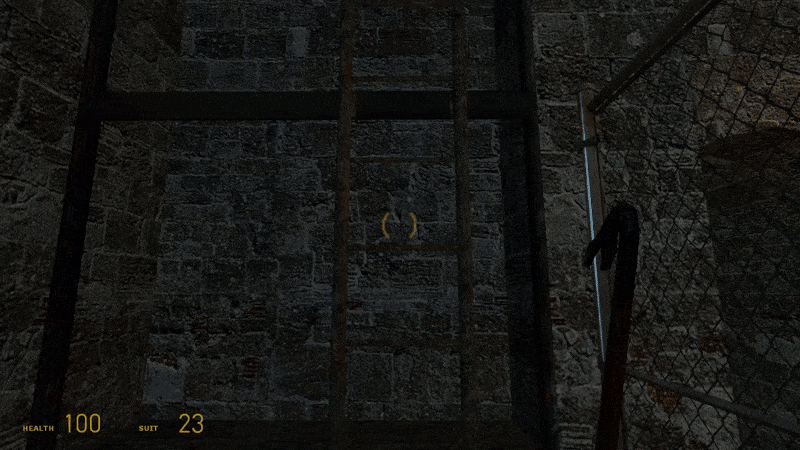
While climbing, Link can only go up or down. In Half-Life, the full range of 3D motion remains open. Ladders are not ‘on rails’ in the same way they are in other games. This means you can easily dismount the ladder anywhere along its length, but it also means you can accidentally slip and fall pretty easily. These games being in a first-person perspective also means it’s not always clear where the player is standing, relative to the ladder.
Rather hilariously, Half Life: Alyx has some of the most realistically-executed ladders in video games, should you choose to engage with them. This is on account of, as a VR game, your hands are free! These ladders can be climbed manually with your actual grip, or teleported across as is standard for VR locomotion.
Death Stranding
Death Stranding is an interesting case because movement is such a central and overriding aspect of its gameplay. Near all of the game’s verbs are nuanced aspects of movement and traversal. It’s also an interesting case because ladders form a core part of the early game’s relationship to these verbs. For example, the ladder item can be placed nearly anywhere to enhance the player’s traversal.
Interestingly, since ladders in this game are a physics object which can settle in near any location, they might often be deployed horizontally or in a ramp configuration. There is a certain inflection point for Death Stranding‘s ladders where if they are not arranged steeply enough, they operate more like bridges than like ladders.
I just wanted to bring up that Death Stranding, despite the rather central importance of ladders to its gameplay, utilizes the same ‘press button’ method as the Fromsoft games. I think the reason for this is likely due to the game’s movement mechanics. In Death Stranding, careful movement is essential. One false step, and you can trip over a rock, tumble down a cliff, and lose half your cargo. So it was likely decided that the reduced ambiguity of button activation would be important so players know exactly when and how they will transition to climbing the ladder.
Nier: Automata
Alright I’m just going to come out and say it. Nier: Automata is my Holy Grail of video game ladders. I mean just look at this:
Beauty. Grace. Poetry in motion. A ladder that serves as an extension of the play space rather than a partition of it. A ladder that doesn’t involve a weeks-advanced scheduled commitment. A ladder whose animations and state changes blend seamlessly with regular gameplay’s animations and state changes. 2B can just jump at it and grab the thing. Not just from the top, not just from the bottom, but at any point on the ladder. You can still attack, and defend yourself while on ladders.
The way ladders feels so seamless and effortless in this game really highlights how inexplicable and irritating they can be in others, although there are of course reasons this isn’t always easy to do as we mentioned.
Here is a list of things that the Nier: Automata ladder doesn’t do:
- It does not required a button press to interact with. Unlike so many other examples of video game ladders, the ‘climb’ state that the player can access in Nier: Automata is not separated in this way. Often, the button that causes a character to begin climbing is a general-purpose interact button, or otherwise double-loaded for other actions, meaning that the prospect of interacting with a ladder can be ambiguous. If the interaction button also causes the player to pick up items, for example, they might accidentally pick up an item where they meant to scamper up a ladder to avoid a foe that is chasing them.
- The ladder does not feel like a separate play space, and is integrated into the world. The player character is readily capable of attacking, being attacked, sprinting, and shooting while climbing a ladder. Precious few of the game’s usual verbs are restricted, making ladders feel like an extension of the play space, not adjunct to it.
- The ladder is not treated as a closed tunnel which can only be accessed from the top or bottom. The ladder is a ladder. The player character is capable of mounting it, and dismounting it, from any point along its length. A lot of the artificiality of other ladder executions is done away with.
- The transition animations between ‘ladder’ and regular gameplay are extremely quick and simple.
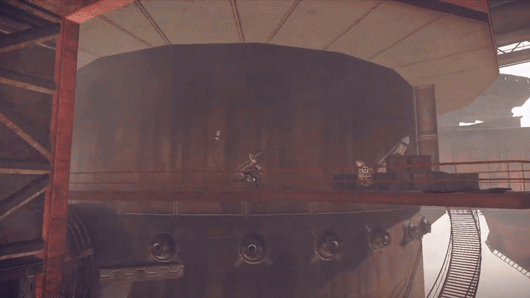
All this is made possible through some borderline excessive attention to detail and eye for contingencies. A lot of very robust and adaptable animations had to be made to ensure it would always look seamless and natural whenever the player character in Nier: Automota interacts with a ladder. The animation tree is equipped to convey interacting with the ladder in every way and from every angle. Nier ladders are heavily proximity based – if the player moves toward a ladder’s collision box, they will grab it automatically. This introduces ambiguity yet, but it’s a lot less intrusive than it might be otherwise because the developers went out of their way to ensure that the player remains fully capable on the ladder, and that dismounting it represents no real time investment. As such, accidentally climbing a ladder in Nier is no big deal anyway. As I’ve noted elsewhere, I really appreciate immediacy in games, especially action games, so the effortless way you can interact with objects like ladders in this game really stands out to me.
It’s not as though this was easy, however. As we’ve been over, though a seemingly simple and pedestrian intractable on the surface, ladders in video games have a lot of pain points and ways to introduce gameplay bugs. A great amount of consideration has to be made for how they interplay with your gameplay systems, how much scope will be required to make that interplay happen. Ultimately it’s a question of relevance – how important is it that ladders function non-intrusively? If your ladders are a bit clunky, are they common enough to be an issue? It seems like a effortless of locomotion was a major priority for Nier: Automata, as evidenced by the many small ways movement is smoothed out in this game across a multitude of terrains, so an extra investment in making alternate methods of movement, like ladders, feel fine tuned to the gameplay.
So the next time you consider adding a ladder to the game, remember to ask yourselves some pertinent questions about how they should be implemented, and how they’ll relate to the gameplay which contextualizes them. We so often marvel at the big ideas and broad strokes of game design that we overlook the mundane building blocks that go into constructing a space. Forget ladders, what about stairs? Or doors!? Perhaps another day. Video games are held together with duct tape and a dream, so at the very least try to use sturdy duct tape. Okay the end card is Nier again, I just really wanted to keep looking at those beautiful perfect Nier ladders.

Do you think games are silly little things?
